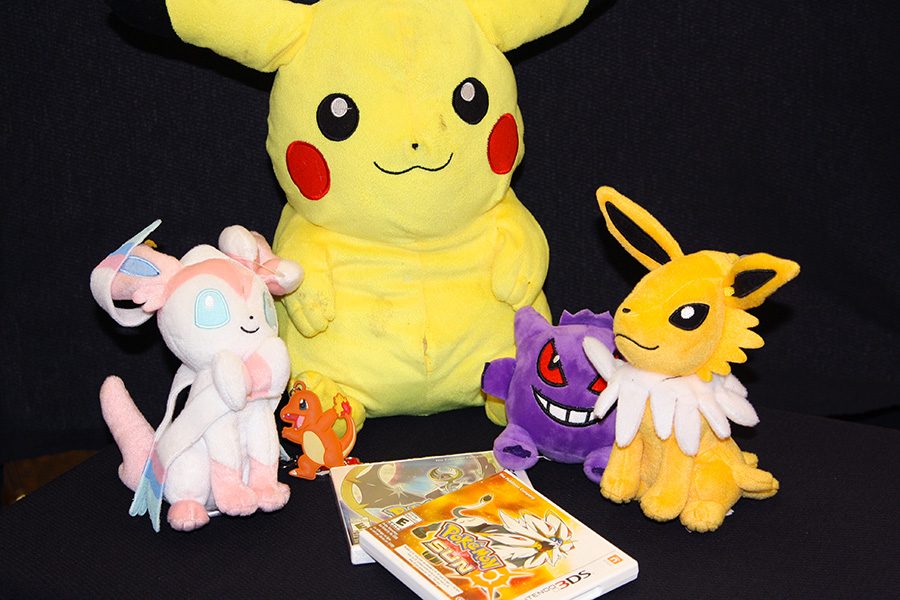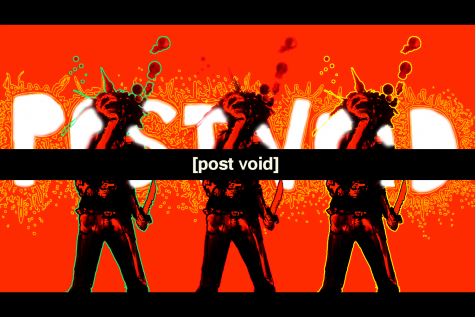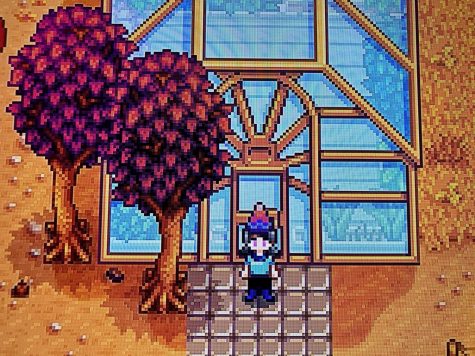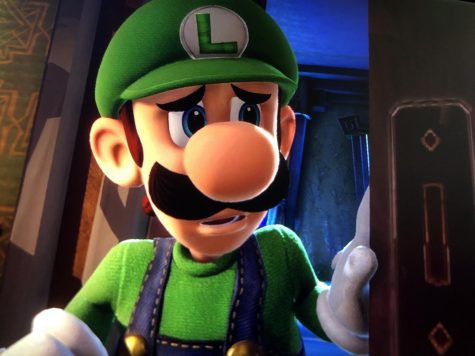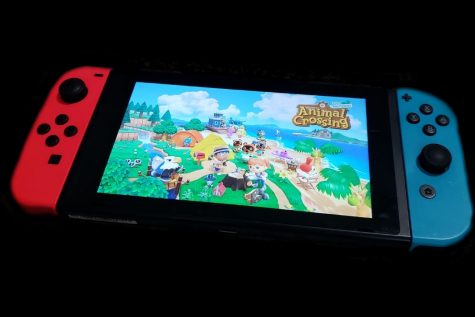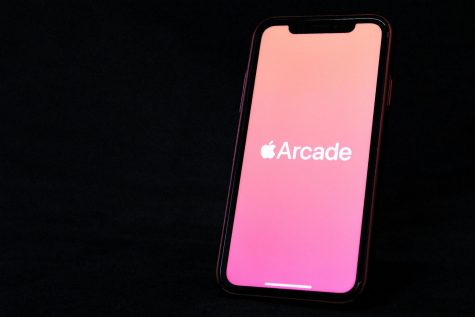Pokémon Sun and Moon provides new gameplay in the Pokémon series
‘Pokémon Sun’ and ‘Pokémon Moon’ were released for Nintendo 3DS on Nov. 18
After months of receiving announcements of new seventh-generation Pokémon, I wasted no time tearing opening the mail package which contained my new Pokémon games. Like I had done with so many games before, I was prepared to carry my handheld everywhere with me and utterly lose myself in the world of Pokémon. The world I had found was different from any of the others I had explored before, but different is not equivalent to faulty.
Pokémon, the main series for Nintendo handheld systems, is a turn-based roleplaying game (RPG) centered around fantasy creatures known as Pokémon, who have different attacks based on their type which are usually elemental based. In these games, a player, or trainer, must catch and train these creatures to battle with other trainers’ creatures while defeating whichever evil organization is reigning. The Pokémon Company’s new development, “Pokémon Sun” and “Pokémon Moon,” includes differences such as improved convenient features and significant gameplay change, which have received mixed reactions from fans.
Team Skull, the game’s evil organization, is mind-numbingly moronic, but I don’t believe this was an accident on the developer’s part. They steal Pokémon from non-player characters (NPCs), but unlike any previous Pokémon villains, these misfits have no goal in mind by stealing Pokémon other than causing trouble. I can never tell whether I should appreciate the humor of their utter stupidity and antics or miss the days when Pokémon villains were interesting and had complex reasons for their wrongdoings.
Aside from the mediocre story, the release has a silver lining, which is the installation of time-saving features, lore developments and a refreshing change in how badges are earned.
In order to receive a badge, trainers would battle NPCs within a training gym, which specializes in a specific Pokémon type, to be able to battle and defeat the most powerful NPC for the gym, known as the gym leader. As this was the formula for Pokémon since the series began in the 1990s, one could imagine how repetitive continually playing new releases of the game series can be.
With the release of Sun and Moon, gym NPCs have been removed from gameplay, and replaced with trials which have the player battle Pokémon themselves, removing trainers from the equation with a few exceptions. Instead of battling a gym leader at the end of a trial, the player battles a “Totem Pokémon,” the strongest Pokémon within a trial.
Though I do not mind this change–in fact, it is innovative in a series as tedious as Pokémon–the Totem Pokémon has the annoying ability to call an ally. This ally is a lower ranked Pokémon, which the player has to defeat and endure damage from as well as the Totem Pokémon, who can call another ally when it faints.
In addition to these new features, Sun and Moon allows players options they did not have before. Whenever a player catches a Pokémon, rather than immediately sending Pokémon to the player’s box, Sun and Moon gives the player four options if a team of Pokémon is full. Instead of having to travel all the way to a Poké Center, players can instead choose to swap one of their team Pokémon for the caught Pokémon.
Trainers can also immediately care for their Pokémon, which, if one is forgetful of basic tasks like I can be, is incredibly advantageous. The care feature in previous games allowed the trainer to feed and pet their Pokémon. The update of this feature now allows trainers to clean their Pokémon and cure them of status ailments, such as poisoning, without using medicine or antidotes.
The story is set in Alola, an archipelago based on Hawaii, and includes many aspects of Hawaiian culture. Pacific islands are often overlooked by popular media, but Sun and Moon provides an interesting representation for the region. Since in the real world animals of the same species adapt to their different environments, the developers applied this same logic. The seventh generation of Pokémon includes the “Alolan versions” of first-generation Pokémon, which are based on the same computer graphics, but have type, skill and skin changes.
In an industry where the medium is expected to constantly change, Pokémon making a few adjustments in gameplay is not terribly shocking, given its long history as a 25-year-old franchise. “Pokémon Sun” and “Pokémon Moon” are quite different from their predecessors, but as a person who has been playing Pokémon for a long time, I do not see that as an entirely bad thing. Imagine how tedious and boring it would be to play the same type of gameplay for the next five or 10 years.
Pokémon games are released in sets, and although the general gameplay is very similar, these two games have slight differences such as which legendary Pokémon can be caught at the end. Interested gamers can purchase “Pokémon Sun” or “Pokémon Moon” at Gamestop or Amazon for about $40, plus shipping, for Nintendo 3DS only. For both new players and long-time Pokémon fans, these games are definitely worth a play, despite their changes, as they are perfectly enjoyable without consideration of the previous games.

Heyo! I am Jamie and this is my first year on staff. I am a junior, and I am very excited for this year. I enjoy reading, creative writing, watching Sailor Moon and listening to K-pop. I invest most of my time in cheesy science-fiction, which includes...

